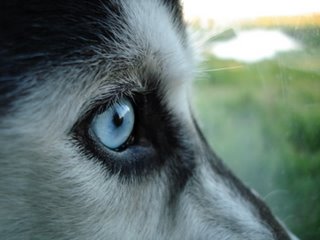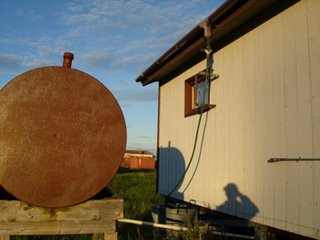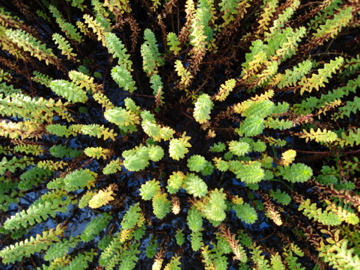

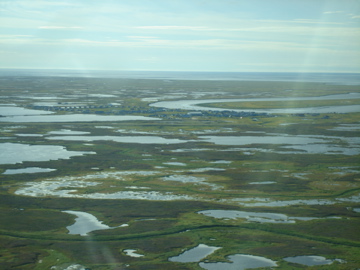
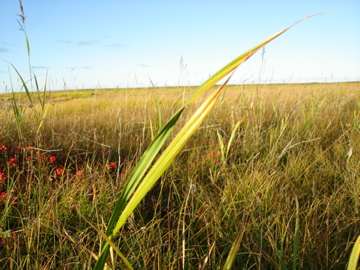
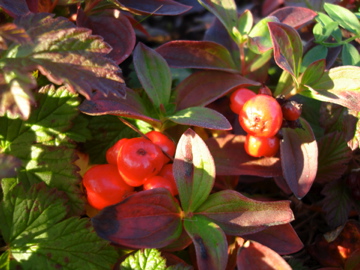
Here is a just a sample of the many plants that grace the tundra.
#1 - Overhead view of a horse tail (tayaruq) - Use it in yupik soup or the eskimo ice cream. It grows along the edge of the water.
#2- Tall Cottongrass (Pikniq) - eat the roots either raw or boiled.
#3 - Overhed of Kipnuk - Notice all the water. Bering Sea top - River right - Shallow ponds everywhere else.
#4 - This reed is weaved with drying Tomcods or Flounders.
#5 - Black Alpine Bear Berry (Kavlak) - don't eat. They are not sweet.


